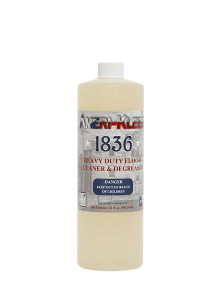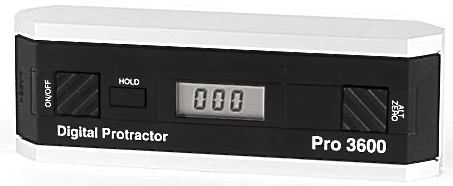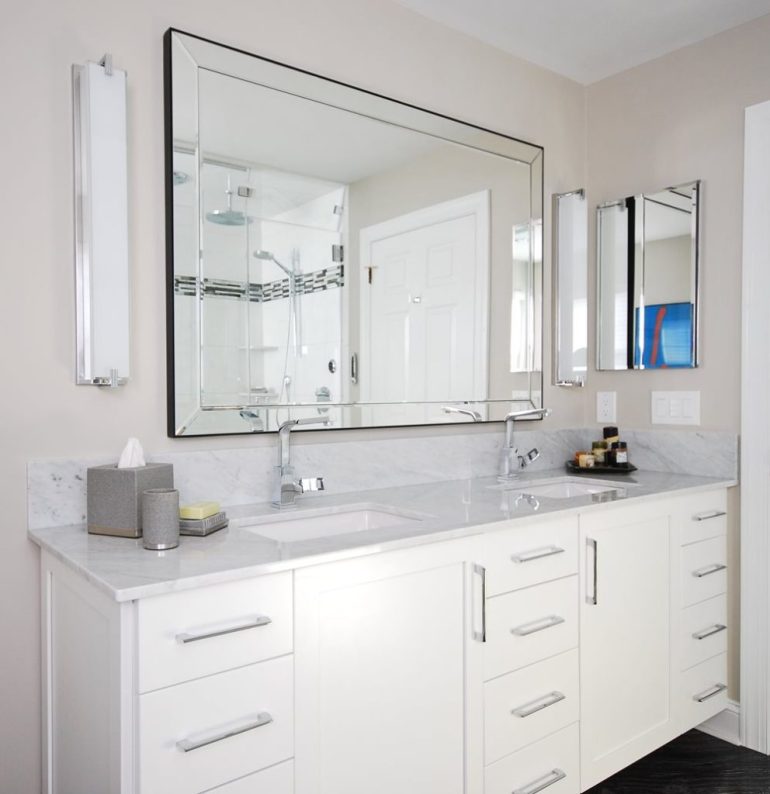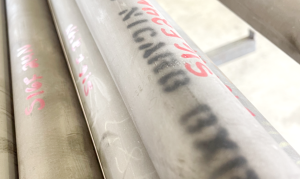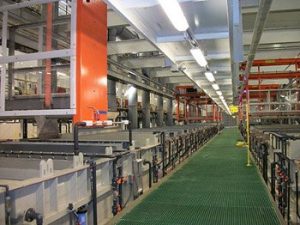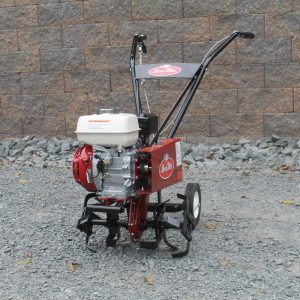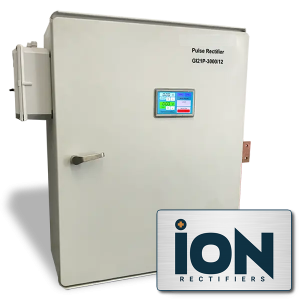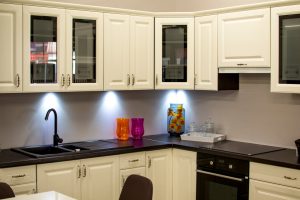 In the realm of cleaning and sanitation, the products used in industrial or commercial settings are a far cry from what you might pick up at your local retail store or home improvement outlet. The stark reality is that the cleaning challenges faced in places like restaurants and schools are on a completely different scale, demanding stronger and more effective cleaning agents. Let’s delve into why this is the case and how the right cleaning products can make a significant difference.
In the realm of cleaning and sanitation, the products used in industrial or commercial settings are a far cry from what you might pick up at your local retail store or home improvement outlet. The stark reality is that the cleaning challenges faced in places like restaurants and schools are on a completely different scale, demanding stronger and more effective cleaning agents. Let’s delve into why this is the case and how the right cleaning products can make a significant difference.
The Intensity of Restaurant Kitchen Cleaning
Imagine a bustling restaurant kitchen after a hectic evening rush. The floors are covered in grease, and the oven hoods are caked with grime. In such environments, a standard household cleaner just won’t cut it. This is where a commercial floor degreaser comes into play. Designed to tackle the most stubborn grease and grime, a commercial floor degreaser is formulated to be powerful enough to remove grease effectively from floors and kitchen equipment, ensuring a clean and safe environment for food preparation.
Additionally, the cleanliness and hygiene of a restaurant’s kitchen is paramount to its success. Health and safety regulations are stringent, and any lapse in hygiene can lead to severe consequences, including the closure of the establishment. Therefore, it’s not just about cleanliness; it’s about compliance and reputation. Investing in commercial cleaning products made in the USA ensures quality and reliability, meeting the high standards required in the foodservice industry.
The Challenges of Maintaining Cleanliness in Schools
Switching gears to educational institutions, let’s consider a typical middle school in suburban communities catering to 2000 or more students. The challenges faced by school janitors are immense. With hundreds of students moving through the hallways and classrooms daily, the buildup of germs and dirt on handrails, cafeteria tables, and classroom desks can be overwhelming.
In such a scenario, a standard household disinfectant is simply inadequate. What’s needed is a bleach solution for cleaning hard surfaces that is strong enough to clean and disinfect but not so potent as to pose a health risk to students. A well-formulated bleach solution can effectively eliminate germs and bacteria, ensuring a hygienic environment conducive to learning. However, it’s crucial to strike the right balance to ensure the safety of students and staff alike.
Balancing Effectiveness and Cost-Effectiveness
While the primary goal is to maintain a clean and hygienic environment, the cost of cleaning supplies can be a significant expense for both restaurants and schools. Business owners and school board members need to control costs effectively to ensure the sustainability of their operations. This is where the importance of commercial cleaning products made in the USA comes into play.
Products manufactured in the USA are often synonymous with quality, reliability, and safety. By investing in these products, businesses and educational institutions can ensure that they are getting the best value for their money. However, it’s essential to strike a balance between cleaning effectively and controlling expenses.
In conclusion, the cleaning challenges faced in industrial or commercial settings are far more demanding than those encountered in a typical household. Whether it’s a restaurant kitchen requiring a powerful commercial floor degreaser to tackle stubborn grease or a school needing a bleach solution for cleaning hard surfaces to combat germs and bacteria, the need for stronger and more effective cleaning products is undeniable.
By investing in the right industrial glass and surface cleaner and other high-quality cleaning products, businesses and educational institutions can ensure a clean, safe, and hygienic environment while also controlling costs effectively. Striking the right balance between cleaning effectively and managing expenses is crucial for the success and sustainability of any commercial or industrial operation.
So, the next time you find yourself in a commercial or industrial setting facing tough cleaning challenges, remember that standard household cleaners won’t suffice. Invest in the right cleaning products designed for the job, and you’ll see the difference they can make in maintaining cleanliness, hygiene, and safety.
